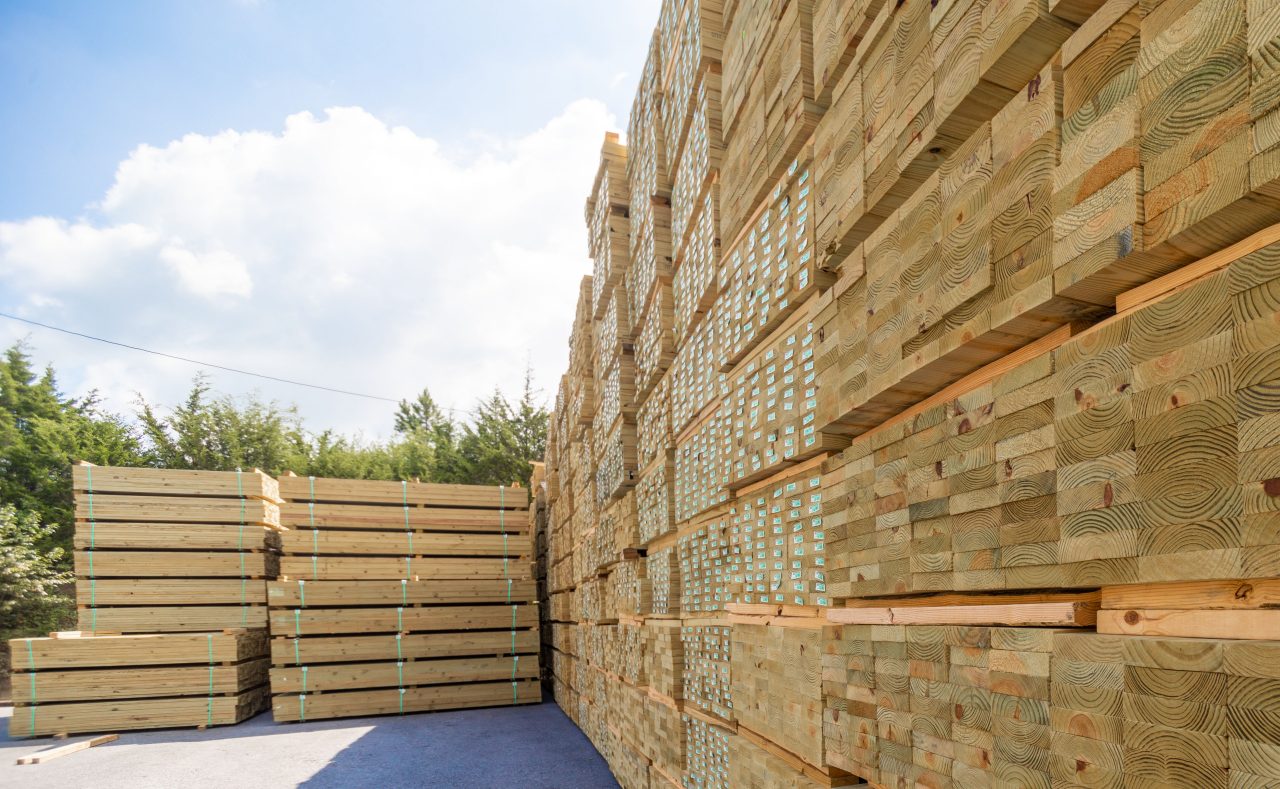Sillbor® FAQs
1. How does SillBor® preservative work?
The borate-based preservative is forced into wood under pressure, but also diffuses naturally into areas of the wood unreached by the treatment procedure. This dual process — pressure and diffusion — enables the preservative to penetrate more completely into all species, such as Douglas fir, which can be difficult to protect by pressure alone.
2. What Species are Treatable Species with SillBor®?
Per AWPA standards, borates can be used as a pressure treatment to preserve the following species:
Lumber (without incising)
Pines: Southern, Mixed Southern, Radiata, Patula, Caribbean, Ponderosa, Red, Eastern White, Scots, Jack, Lodgepole
Spruce: Western White, Engelmann, Sitka
SPF (Spruce/Pine/Fir)
Hem Fir, Eastern Hemlock, Subalpine Fir
Lumber (with incising)
Coastal Douglas Fir
Plywood
Southern Pine and Douglas Fir (can also be included in the resin binder in the manufacture of OSB products, such as wall sheathing, roof sheathing, radiant barrier panels, and floor sheathing)
3. Does SillBor® Meet Applicable AWPA Standards?
Sodium octaborate is listed in AWPA preservative Standard P25 and is referred to as SBX. SillBor® wood meets the requirements of AWPA Standard U1. It is suitable for Use Categories 1 and 2.
4. What are the Retention Requirements for SillBor® Wood?
SillBor® wood can be used only above ground in dry or damp interior construction that may be subject to sources of moisture but is continuously protected from the weather and not in direct contact with water. There are two approved retention levels – the higher level provides necessary added protection against Formosan termites (Coptotermes formosanus). Each level can be measured on the basis of boric oxide (B2O3) or disodium octaborate tetrahydrate (DOT).
• 0.17 pcf (B2O3)/0.25 pcf (DOT)
• 0.28 pcf (B2O3)/0.42 pcf (DOT)
5. Is Borate-treated Wood, such as SillBor® Wood, Referenced in the Model Building Codes?
Borate-treated wood is referenced in the following model codes:
• International Building Code: Section 2303.1.9, Preservative Treated Wood
• International Residential Code: Section R317, Protection of Wood and Wood-Based Products Against Decay
• International Residential Code: Section R318, Protection Against Subterranean Termites
6. What Color is SillBor® Wood?
By itself, the SillBor® treatment is clear, leaving wood with a natural appearance. In order to distinguish SillBor® wood from untreated wood, a blue dye is added to the treating solution, giving a blue tone to the treated material.

